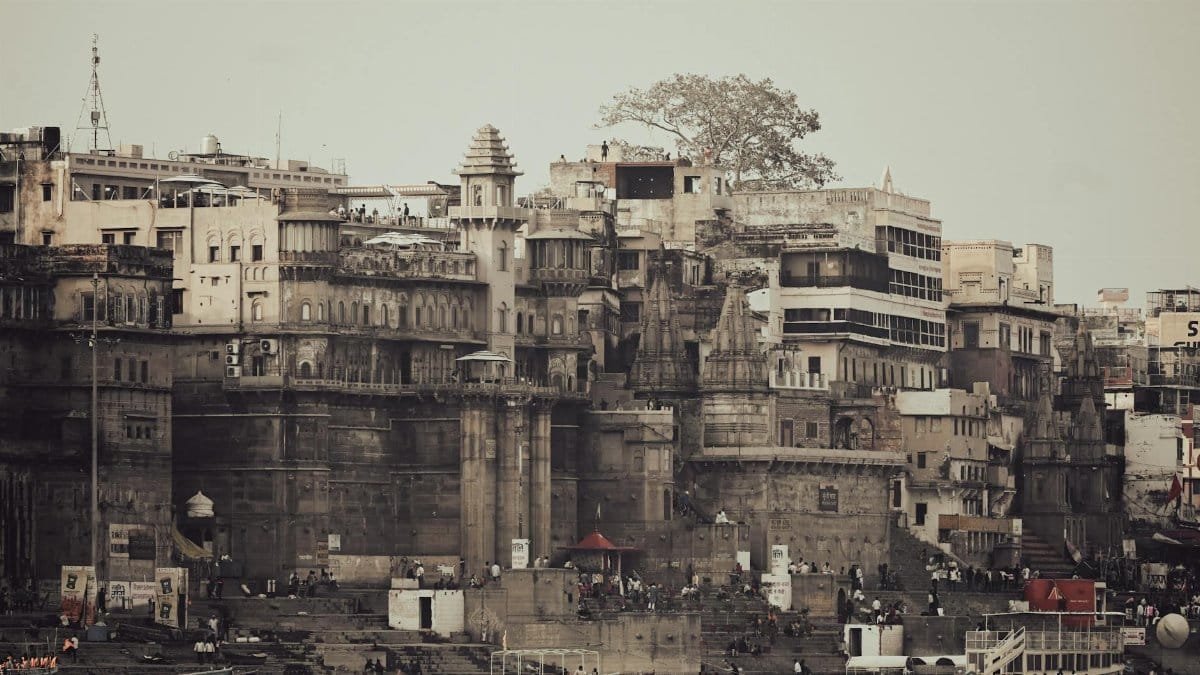Imagine a city where the skyline glitters with promise, but the streets feel hollow, devoid of connection or meaning. This isn’t science fiction—it’s a growing concern as urban centers across the U.S. grapple with what some call “spiritually unlivable cities.” These are places where the pace, design, and culture can erode a sense of purpose or belonging, leaving residents feeling isolated despite being surrounded by millions. As projections look toward 2050, experts and urban planners warn that certain American cities are on a trajectory to become even more disconnected from the human spirit. From relentless gentrification to the loss of communal spaces, the factors are complex and often invisible until they’re felt in the gut. This isn’t just about aesthetics or nostalgia; it’s about whether a city can sustain the soul of its people. So, which U.S. cities are at risk of becoming spiritually unlivable by mid-century? Let’s examine seven urban centers where the warning signs are already flashing.
1. San Francisco: A Tech Takeover Eroding Community

San Francisco once pulsed with counterculture and creativity, a haven for dreamers and misfits. Today, the city’s transformation into a tech epicenter has come at a steep cost. Sky-high rents—averaging over $3,000 for a one-bedroom apartment, according to recent data from Zillow Research —have pushed out artists, families, and long-time residents. Neighborhoods like the Mission District, once vibrant with cultural diversity, are now dotted with sleek condos and corporate campuses. The result? A city that feels more like a sterile workspace than a home.
Urban sociologist Dr. Maria Hernandez, in a 2023 study published by Stanford University, noted that social cohesion in San Francisco has declined by 18% over the past decade, largely due to economic displacement. Residents often describe a palpable loneliness, even in crowded coffee shops. One local, speaking anonymously, shared, “It’s like the city sold its soul for stock options. I don’t know my neighbors anymore.” By 2050, if trends continue, San Francisco risks becoming a shell of its former self, a place where human connection is sacrificed for innovation.
2. Miami: Climate Anxiety and Cultural Erosion
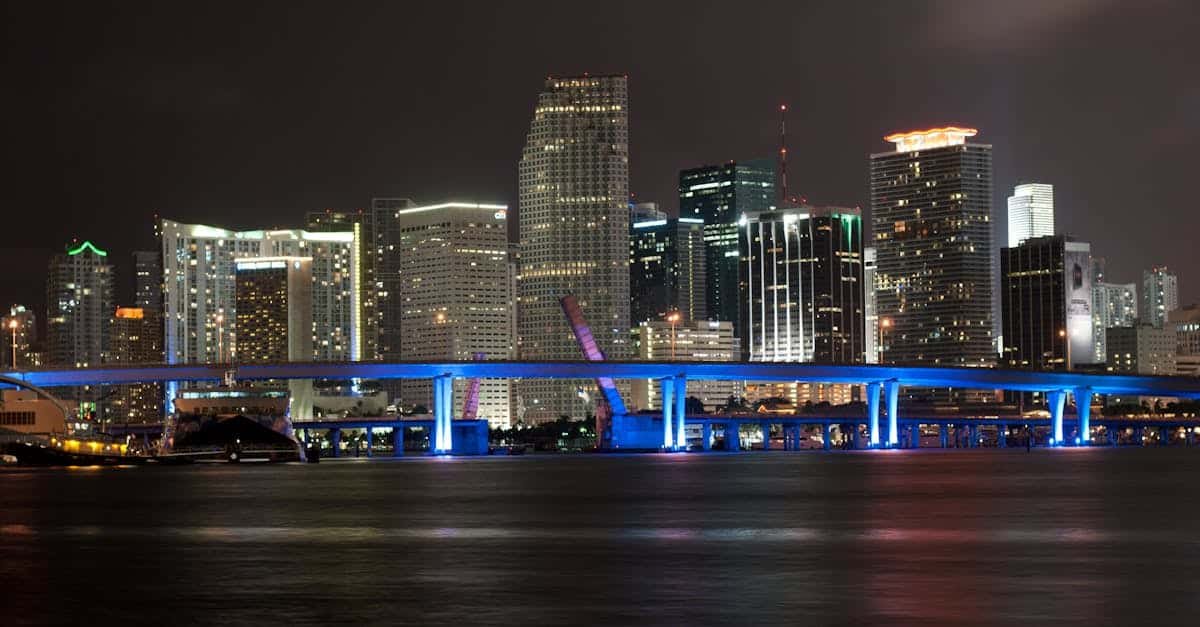
Miami’s sun-soaked beaches and vibrant nightlife mask a deeper unease. Rising sea levels threaten to submerge parts of the city by 2050, with projections from the National Oceanic and Atmospheric Administration (NOAA) estimating a potential 3-foot rise in water levels. This looming environmental crisis breeds a quiet dread among residents, a sense that their home might not exist in a few decades. Beyond climate fears, rapid development has bulldozed historic neighborhoods, diluting the city’s Cuban and Haitian cultural roots.
Walk through Little Havana today, and you’ll see luxury high-rises overshadowing family-owned bodegas. The spiritual toll is evident in conversations with locals who feel their heritage is being commodified for tourists. If Miami continues on this path, it risks becoming a city of transient wealth, disconnected from the very history and resilience that once defined it.
3. Las Vegas: A Mirage of Meaning
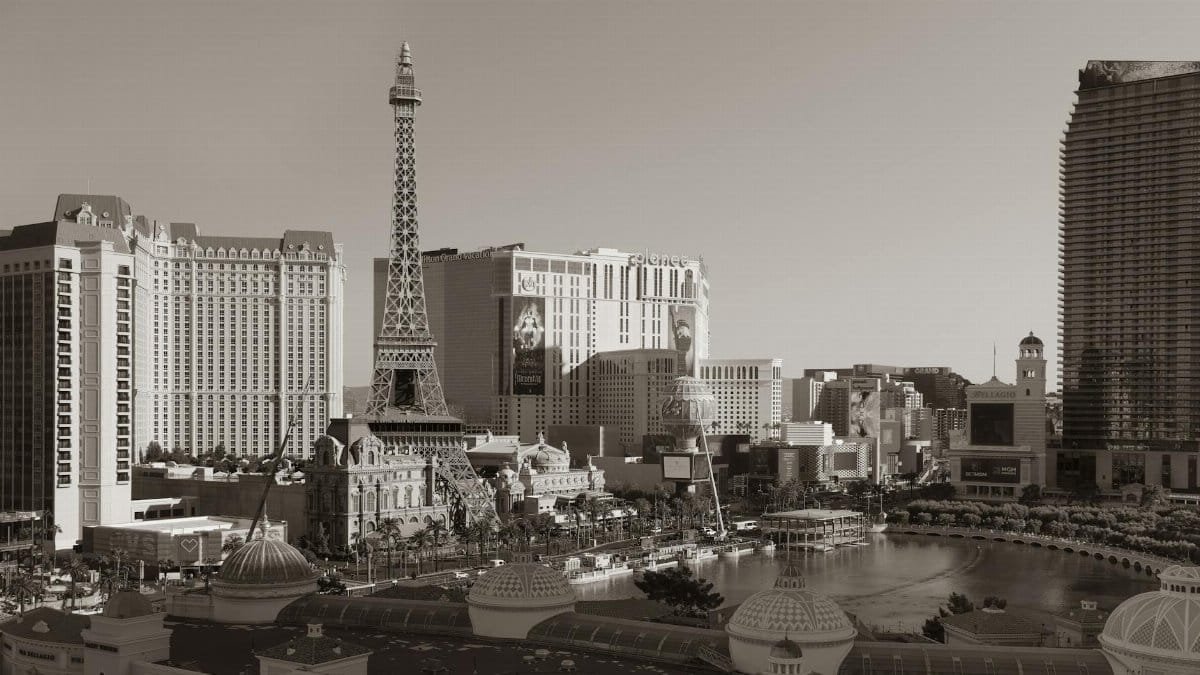
Las Vegas thrives on excess—glitz, gambling, and 24-hour entertainment. Yet beneath the neon lights lies a city struggling to offer deeper fulfillment. The transient nature of its population, with many residents tied to seasonal tourism jobs, creates a revolving door of faces. According to a 2024 report by Pew Research Center, Las Vegas ranks among the lowest in the U.S. for community engagement, with only 22% of residents reporting strong ties to their neighbors.
One visitor-turned-resident recalled their first year in the city: “It’s exciting at first, but then you realize there’s no anchor. It’s all surface.” By 2050, without investment in communal spaces or cultural depth beyond the Strip, Las Vegas could epitomize spiritually unlivable cities— a place built for escape, not belonging.
4. Atlanta: Sprawl Without Soul
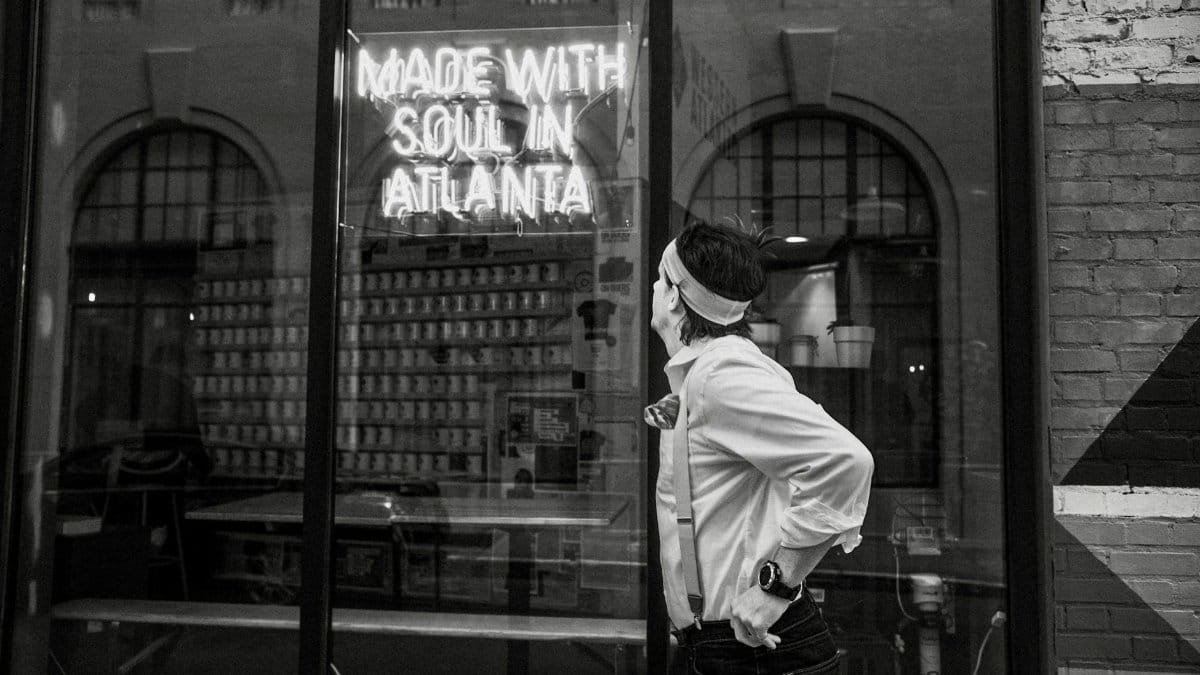
Atlanta’s explosive growth has turned it into a sprawling metropolis, but at what cost? Endless highways and suburban creep have fragmented communities, making it hard for residents to feel rooted. A 2025 urban planning analysis from Georgia Tech highlights that commute times in Atlanta average 35 minutes one-way, among the highest in the nation, leaving little energy for social or spiritual connection.
Picture a family driving past strip malls and cookie-cutter developments, rarely stopping to chat with a neighbor. The city’s focus on expansion over cohesion risks turning Atlanta into a place where convenience trumps community. By mid-century, if urban design doesn’t prioritize human-scale interaction, Atlanta could become a cautionary tale of growth without grounding.
5. Seattle: Isolation in the Rain

Seattle’s misty charm and tech boom have drawn thousands, but the city’s social fabric is fraying. Known for the “Seattle Freeze”—a cultural tendency toward aloofness—residents often struggle to form meaningful bonds. Add to that the tech-driven cost of living, and you have a recipe for disconnection. The city’s median home price, now over $800,000 as reported by Zillow Research, excludes many who once contributed to its eclectic spirit.
In online discussions, some Seattleites lament feeling like outsiders in their own city, surrounded by wealth but starved for warmth. If this trend accelerates by 2050, Seattle might become a rainy fortress of solitude, beautiful but spiritually barren for many who call it home.
6. Chicago: Segregation’s Lingering Shadow
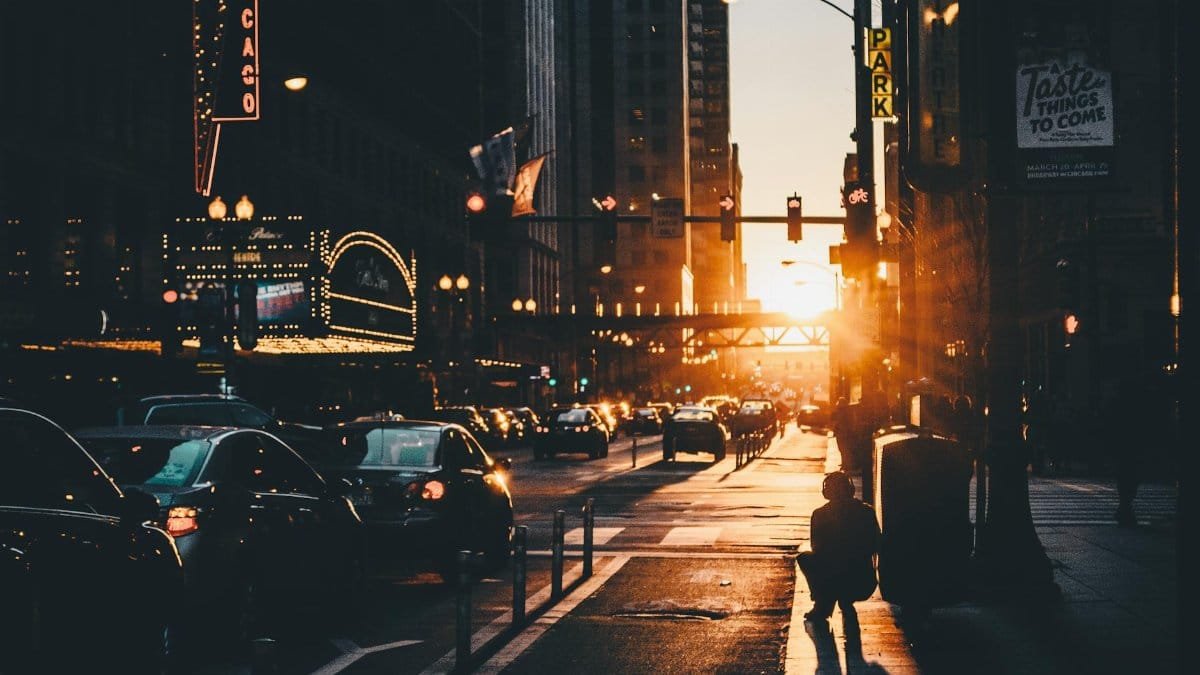
Chicago’s rich history of jazz, architecture, and industry can’t mask its stark divisions. Deep-seated racial and economic segregation continues to fracture the city, with entire neighborhoods feeling worlds apart. A 2024 study by the University of Chicago found that social mobility in Chicago remains among the lowest in major U.S. cities, perpetuating cycles of isolation and mistrust.
On the South Side, community leaders speak of a hunger for unity, but systemic barriers persist. One resident’s words linger: “We’ve got beauty here, but it’s hard to feel whole when the city feels split.” Without concerted efforts to bridge these divides, Chicago could solidify as a spiritually unlivable city by 2050, where division overshadows potential.
7. Houston: A City Stretched Too Thin
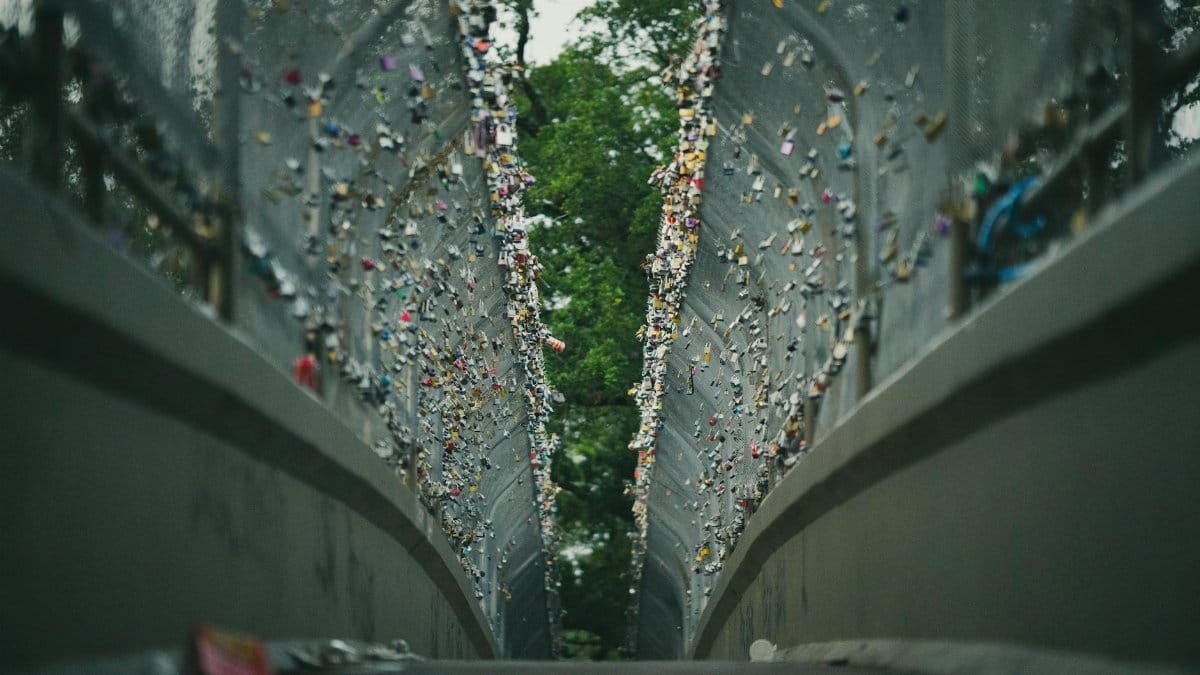
Houston’s vastness is both its strength and its curse. The city’s lack of zoning laws has led to chaotic sprawl, with little regard for pedestrian-friendly spaces or cultural hubs. Data from the Rice University Kinder Institute shows that Houston residents spend an average of 59 hours annually stuck in traffic, draining time and spirit alike.
Unlike denser cities where chance encounters spark connection, Houston often feels like a series of disconnected bubbles. By 2050, if urban planning doesn’t shift toward creating shared spaces, the city risks becoming a sprawling void, where physical distance mirrors emotional detachment.
As these seven cities illustrate, the concept of spiritually unlivable cities isn’t just a theoretical concern—it’s a lived reality unfolding across the U.S. The warning signs are clear: when profit, sprawl, or division take precedence over community and meaning, the human spirit suffers. Looking toward 2050, the question remains whether these urban centers can pivot. Can they rebuild spaces for connection, prioritize cultural roots, and foster a sense of belonging? The answers will shape not just skylines, but souls. For now, these cities stand as stark reminders that a place to live isn’t always a place to thrive.
